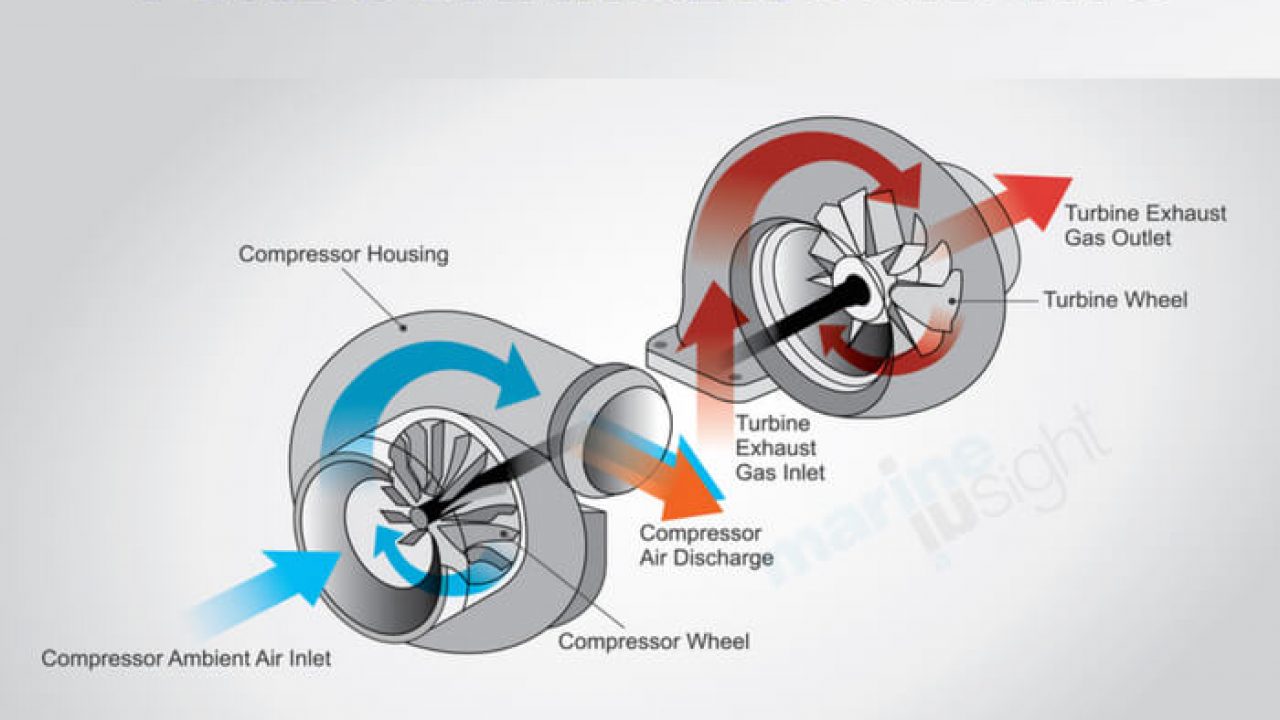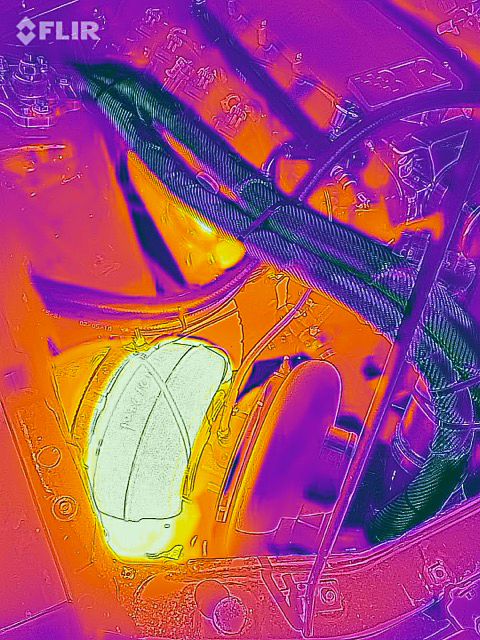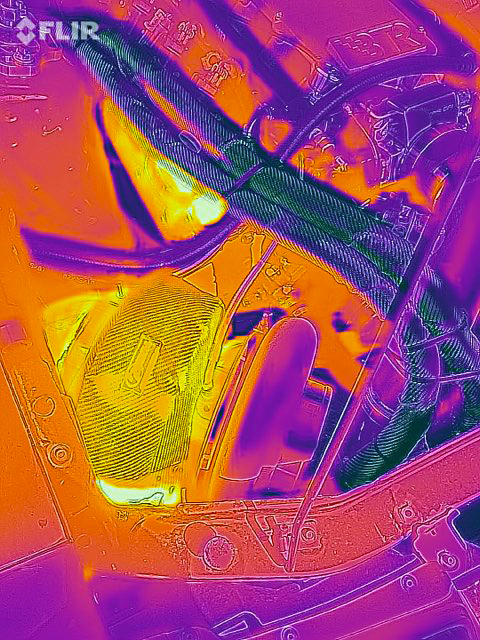Insulating a vehicles exhaust system has multiple performance enhancing benefits, especially on turbocharged or supercharged vehicles. When it comes to performance improvements, the key factor is exhaust gas velocity (EGV) which ties into exhaust gas temperature (EGT). On the other side, insulating the exhaust system significantly reduces the amount of heat radiated by the exhaust system inside the engine compartment and underneath the vehicle. This reduces the amount of damaging heat exposure components near the exhaust system are subjected to, leading to longer component life and proper function without heat being a major factor.
Follow along as we break down the benefits of keeping more heat in your exhaust system.
Turbocharged Applications
On turbocharged applications, insulating the “hot side” of the turbocharger and keeping more heat in helps in multiple ways.

Turbo Shield Benefits
- Significantly reduced underhood temperatures
- Increased exhaust gas temperatures that improve turbocharger performance
- Decreased turbocharger spool time
- Shorter duration and less engine RPM required to reach maximum boost
A turbocharger is an efficient way to boost the horsepower output of an engine. Unlike a supercharger that requires the mechanical energy of the engine to be turned and create boost (known as parasitic power loss), a turbocharger doesn’t require mechanical energy from the engine to create boost. It uses the heat energy generated by the engine, converting that heat energy into mechanical energy for driving the compressor side of the turbocharger to create boost for increasing torque and horsepower. It’s why harnessing as much of that heat as possible is important to get the most performance benefits from a turbocharger, and why running a turbo shield is crucial to maximum performance.

ABOVE: Using thermal imaging, you can see just how hot the exhaust side of a typical turbocharger gets. A turbo converts heat into mechanical energy that’s used to spin the compressor side of the turbocharger. The more heat you have, the more mechanical energy you can convert it to for powering the turbocharger to make boost faster and in greater amounts.
Adding a turbo shield to your turbocharger helps increase turbocharger performance along with lowering underhood temperatures. You’ve read that in anything we post involving our world class, Made in America turbo shields. By keeping more heat in the exhaust side of the turbo, you raise the EGTs (Exhaust Gas Temperatures) which then increases exhaust gas pressure (EGP) which increases exhaust gas velocity (EGV). This decreases turbo spool time, the chances for turbo chatter, and helps to get you making maximum boost faster. But what exactly is the science behind these results? For that, it’s time for a basic physics lesson to explain the basics of what happens.
When it comes to exhaust gas and turbochargers, there’s a direct relationship between EGTs and exhaust gas pressure. As EGTs increase, so does exhaust gas pressure. This in turn drives up exhaust gas velocity, which increases the spooling speed of the turbo. There is a “sweet spot” where the relationship between EGTs and EGPs is linear, and the increase in temperature directly correlates to the increase in pressure and velocity. After that sweet spot, the linear relationship ends, and the increase in EGP increases at a much faster rate than the EGV increases. This leads to a serious increase in backpressure on the exhaust side of the turbo, which can negate whatever positive amount of boost is being generated on the compressor side. Wastegates come into play in this situation, to prevent backpressure from reaching a level high enough to damage the engine.

ABOVE: With a Lava Turbo Heat Shield in place over the exhaust side of the turbocharger, the increase in heat kept in the exhaust side of the turbocharger is visible through thermal imaging. Keeping more heat in the turbocharger turbine housing increases the amount of heat the turbo can convert to mechanical energy for driving the turbo compressor. The increase in retained heat translates into increased exhaust gas temperatures, which increases exhaust gas pressure sooner as engine RPM increases. This speeds up the exhaust gas velocity, which decreases turbo spool time and how long it takes for the turbocharger to generate maximum calibrated boost.
Using a turbo blanket like Heatshield Products Lava Turbo Heat Shield insulates the exhaust side of the turbocharger, keeping a significant amount of heat in the housing itself, which increases the rate of temperature increase of the exhaust gas going through the turbo, increasing the rate of pressure increase and the acceleration of the exhaust gasses spinning the turbo. This is what leads to shorter spool times and reduction in turbo chatter.
Tying into this is insulating the exhaust system after the turbocharger housing. When the downpipe is wrapped with a material like Lava Exhaust Wrap or Heatshield Armor exhaust insulation, the heat kept in the system helps to maintain increased EGTs and EGVs that help with the turbocharger’s performance. It also helps with exhaust scavenging (will cover that in a moment) that provides further benefits.
Non-Boosted and Supercharged Applications – Exhaust Scavenging
During and engine’s exhaust cycle (when spent gasses from the combustion process are extracted from the combustion chamber) the more exhaust gas you can scavenge from the combustion chamber/cylinder, the more efficient the combustion process will be next cycle and the more power your engine can make. Insulating the exhaust system and the resulting increased EGVs helps to evacuate more exhaust gasses from the combustion chamber. In boosted and non-boosted applications, this will lead to increased engine performance. In racing applications, the extra horsepower gained can be just enough to make the difference between winning and losing. On the street, a more efficient engine (besides making more power) will also see more efficiency, longevity (unless you’re beating the snot out of the engine every time you get behind the wheel) and overall performance.

